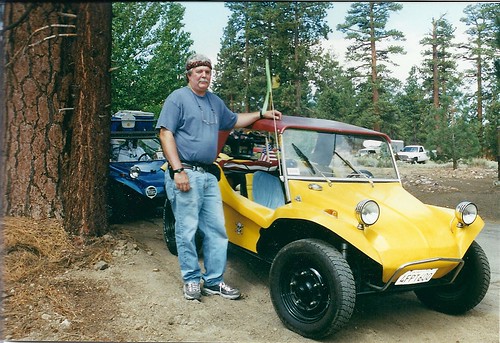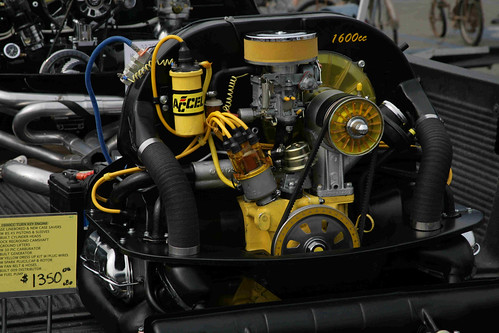
What do you get when you take with an old Volkswagen chassis, shorten it, add a fiberglass body, a custom-built engine and transaxle, lights, wheels and tires? If you said, "A dune buggy, of course," you'd only be partly correct. The phrase, "The whole is greater than the sum of its parts," applies to dune buggies, as well as culinary creations, successful groups, or anything else imagined and built by human beings.
What you get at end of your dune buggy project is an idea brought to mechanical life in the real world. You've taken something from your imagination and made it real. You've made your own dream come true. You've made a decision and then acted upon that decision, time after time as each phase of the project was executed. You've altered the material universe and created something unique, something which has never existed before in its present form.
Sure, you had lots of help along the way, but the idea, the motivation, the creative spark is yours. You decided to go forward and create your own car. You made sure that any work done by others was done correctly and in accord with your concept of what the final product should be. You took control, you were in charge, you build your own car. In doing so, whether you realize it or not, you have learned a whole new way of thinking and you have gained a sense of self-worth that only a scant percentage of modern humans possess.
Don't stop here. Keep building, keep taking control, make things happen, continue to learn, teach someone else what you have learned, do things, imagine something else you want to create and then go ahead and create it. That's what dune buggies really are, they are the dreams that someone has made come true.




